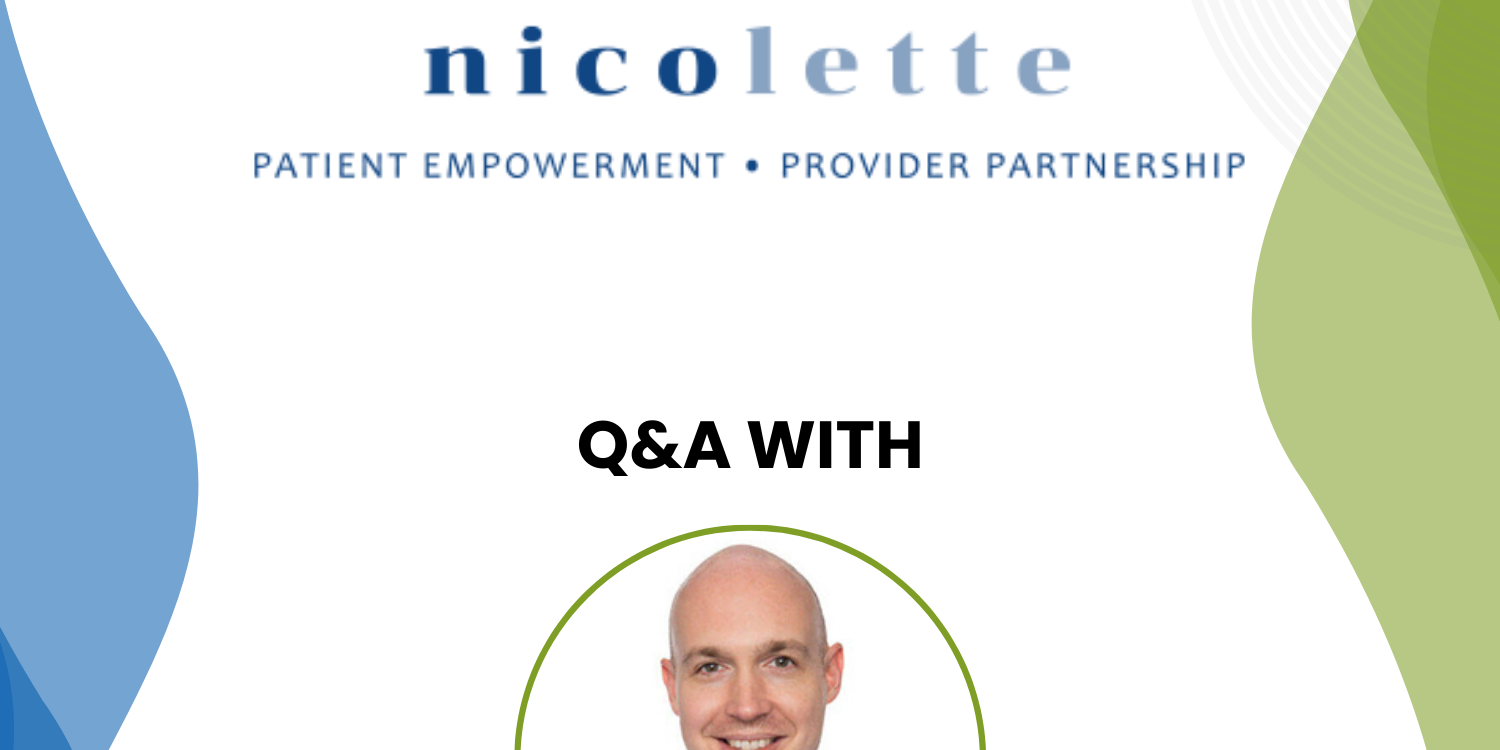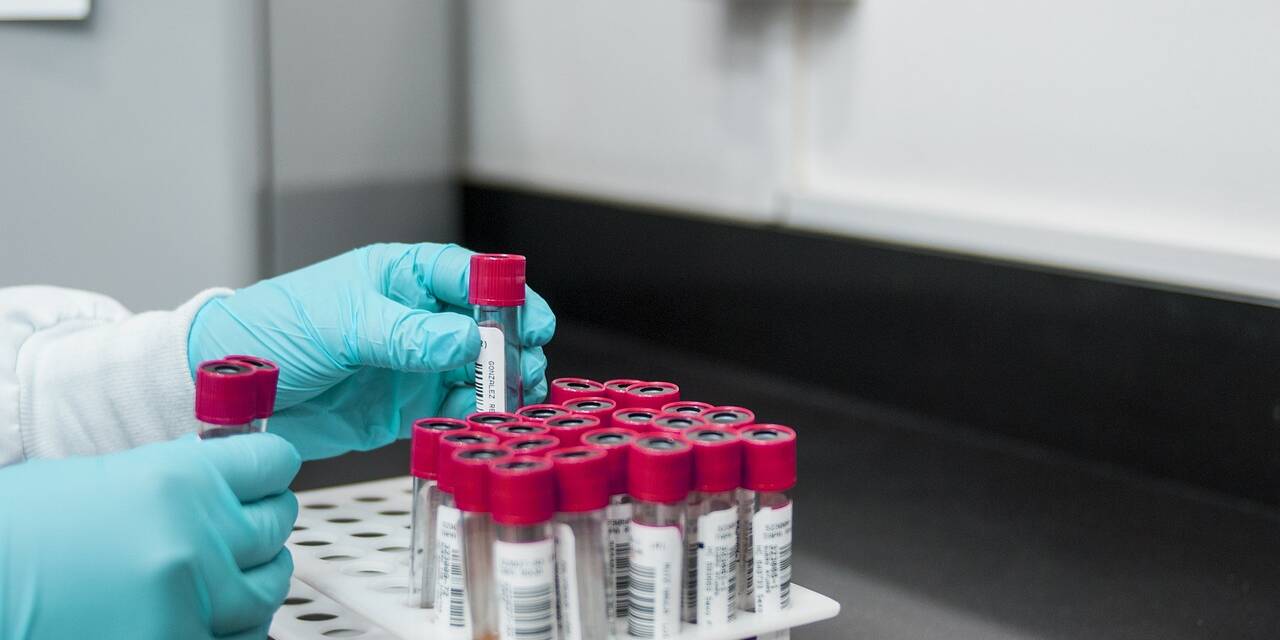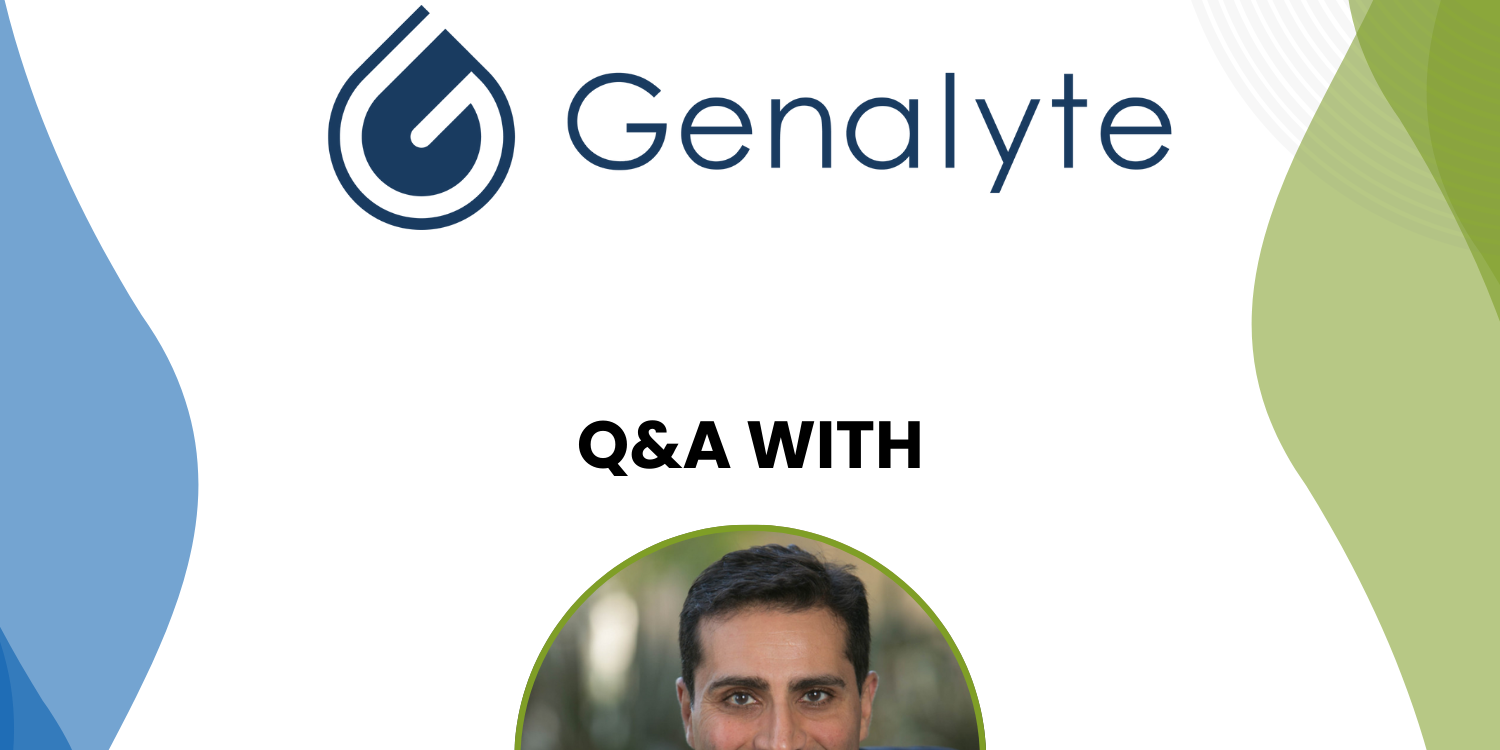Generative AI in Healthcare

As we have known for years, the landscape of healthcare is on the brink of a monumental shift, propelled by the introduction of generative AI technology. Forbes recently wrote about the various ways generative AI can revolutionize healthcare by analyzing vast datasets, identifying patterns, and crafting innovative solutions. Far from replacing doctors, AI serves as a skilled assistant, paving the way for a global wellness paradigm focused on prevention and personalized care. With the healthcare industry valued at nearly $10 trillion, the integration of generative AI promises not only improved patient care but also administrative efficiency and a shift from reactive treatment to proactive health management.
The applications of generative AI in healthcare are vast and diverse, ranging from personalized wellness apps like Calm to AI-powered virtual assistants for symptom checking and triage. Companies such as Paige and BenevolentAI are leveraging AI for cancer diagnosis and drug discovery, while Intuitive Surgical and Stratasys are pioneering robotic-assisted surgery and 3D printing in healthcare, respectively. However, the implementation of AI in healthcare comes with ethical considerations, including data biases, access, and equity. It’s imperative for governments, technology companies, and healthcare providers to collaborate on responsible development and regulation of AI to ensure inclusivity and mitigate potential biases.
Looking ahead, the future of healthcare lies in human-AI collaboration, where technology empowers medical professionals to deliver exceptional care while preserving the human touch. By investing in research, developing clear policy frameworks, and fostering open dialogue, we can harness the transformative potential of generative AI to build a healthier and more equitable world. The time for action is now as we navigate towards a future where cutting-edge technology complements human expertise, ultimately leading to a more proactive, personalized, and accessible healthcare system.
Read the full article here.









